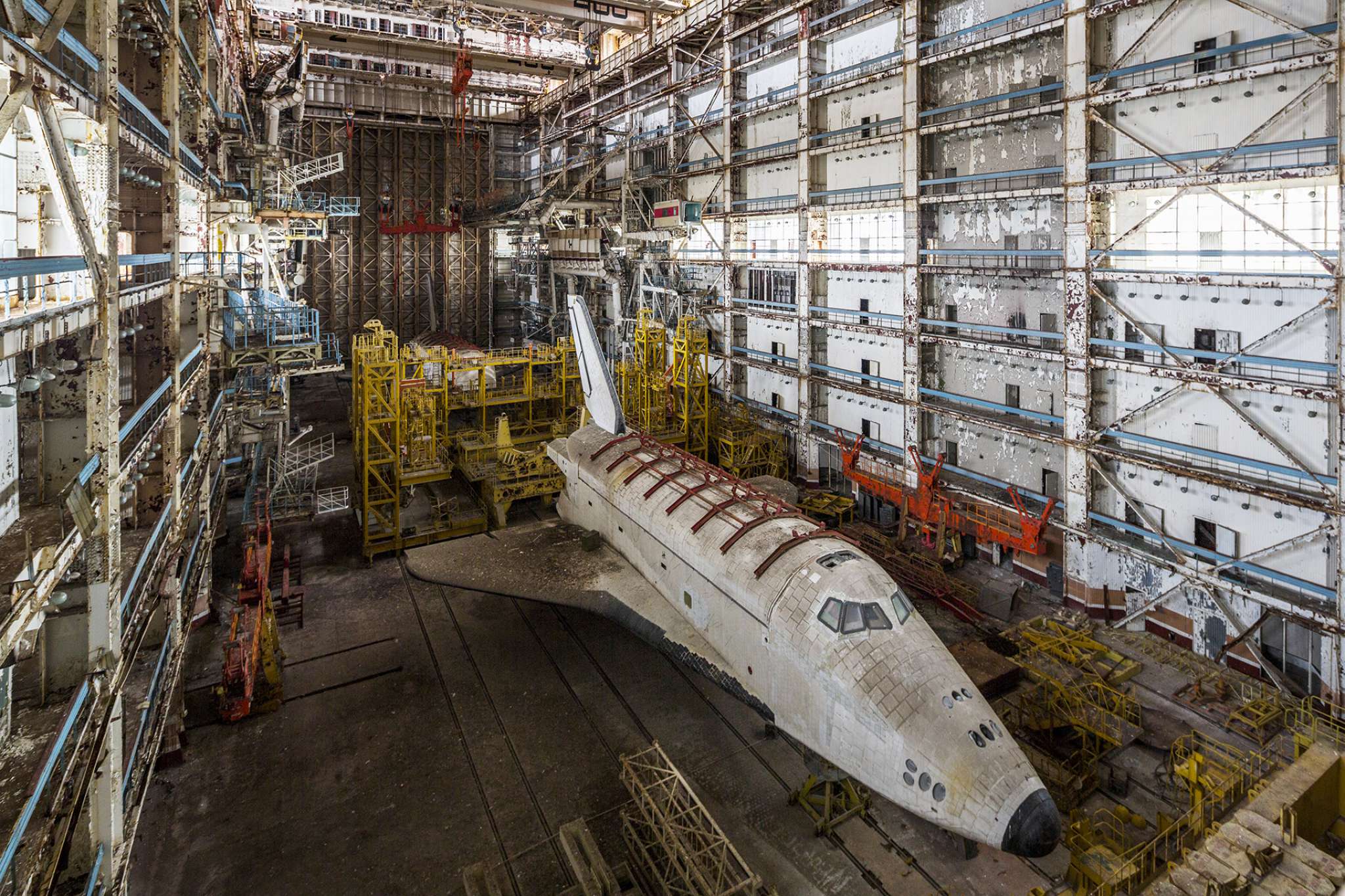Forgotten Burans: The most epic adventure of Jonk
French adventurer and photographer Jonk visited the deep sleeping remains of the last Soviet Union space program in 2018. We talked with him about his amazing trip.
After exploring roof tops, catacombs & subway tunnels of the metropolis Paris in France, french photographer Jonk went secretly into Cosmodrome Baikonur in Kazakhstan to see a forgotten treasure of the soviet union space program. We made a interview with him about this breathtaking trip, how he became photographer of hidden places – and about his current projects.
Info Shymkent: Hello Jonk, how are you? Where are you now? In Paris?
Jonk: I am very fine, I just had a negative COVID-19 test so I guess I can’t be better. Yes, I am in Paris. I was supposed to be in Italy right now but the restrictions due to the sanitary conditions decided otherwise.
Info Shymkent: We know you as a photographer and an author. Can you tell us, how did you become a photographer? Who or What inspired you to be a photographer?
Jonk: I am a self-taught photographer. Everything I know I learned it myself or talking to other photographers. I discovered photography at the age of eleven when my parents sent me for a language exchange to the USA, where each of the ten children forming the group lived with a different host family. The few souvenir pictures shot with the famous disposable orange cameras were my firsts. I did the same thing for the following six years, each time in a new family in a different state. So you see that no one or nothing inspired me. At first, I just shot pictures to remember my travels and show them to my family …
It’s a bit later that I found my first real photographic subject when I realized my first solo trip, at the age of 19. This trip to Barcelona changed my life, and I came back with two passions that did not leave me since: Travels (I have since visited more than 70 countries) and urban art (street art and graffiti), whose discovery gave me my first photographic subject that still occupies me today.
Info Shymkent: On your Instagram Page and Website there are many beautiful pictures of overgrown abandoned places. And we can see the connection between Nature and Human from your pictures. But why did you choose especially such places, not mountains, not landscapes for your photo shoot? Can you tell us more about this?
Jonk: Why? Long story! Living in Paris, I discovered urban exploration at the end of years 2000 through rooftops, subways and the city’s unofficial catacombs. At that time, I found another subject: documenting the unseen side of the city. Climbing roofs to see her from the top, going at night in subway tunnels or spending whole days underground in the catacombs exploring the tens of kilometers of galleries looking for beautiful carved rooms: I found in that activity a thrill, the adrenaline that I looked for in his life. These urban explorations, and my search for unseen graffiti, brought me to abandoned places, where graffiti artists often go to paint, to be alone and able to take time to make bigger and better paintings. After some time frequenting these artists, I started myself to paint there and adopted the nickname – Jonk.
Visiting abandoned places looking for graffiti, I realized the intensity of the atmospheres and the beauty of the spectacle of time passaging: rust, decaying and peeling painted walls, broken windows, Nature taking over create unbelievable, highly photogenic sceneries. For me, such sceneries feel like infinite poetry.
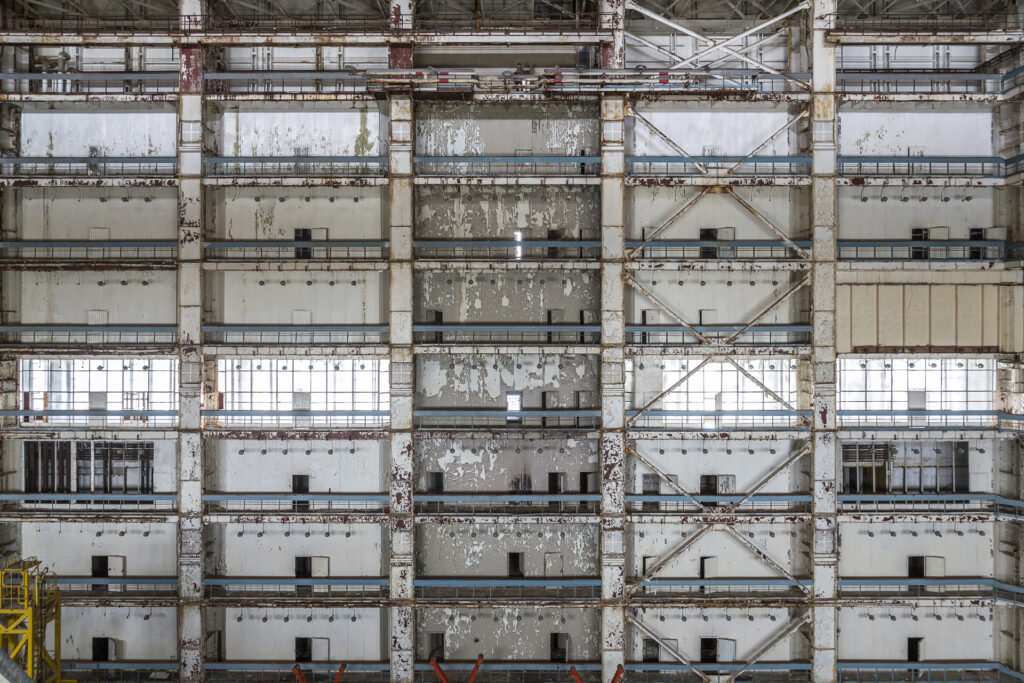
Rust and Dust at the wall of MKZ 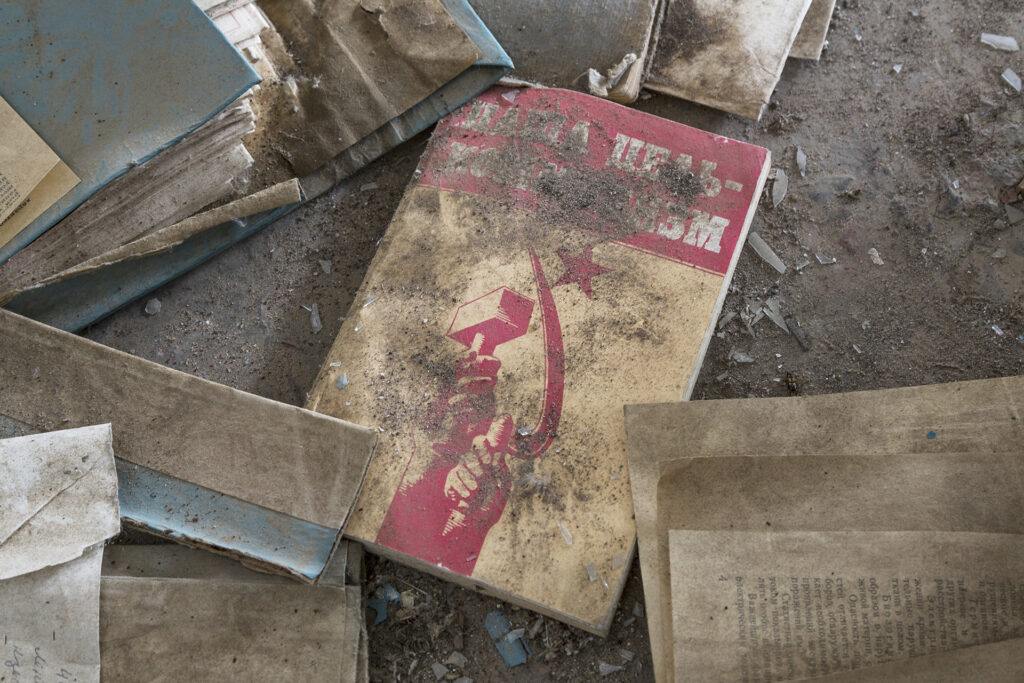
A forgotten book 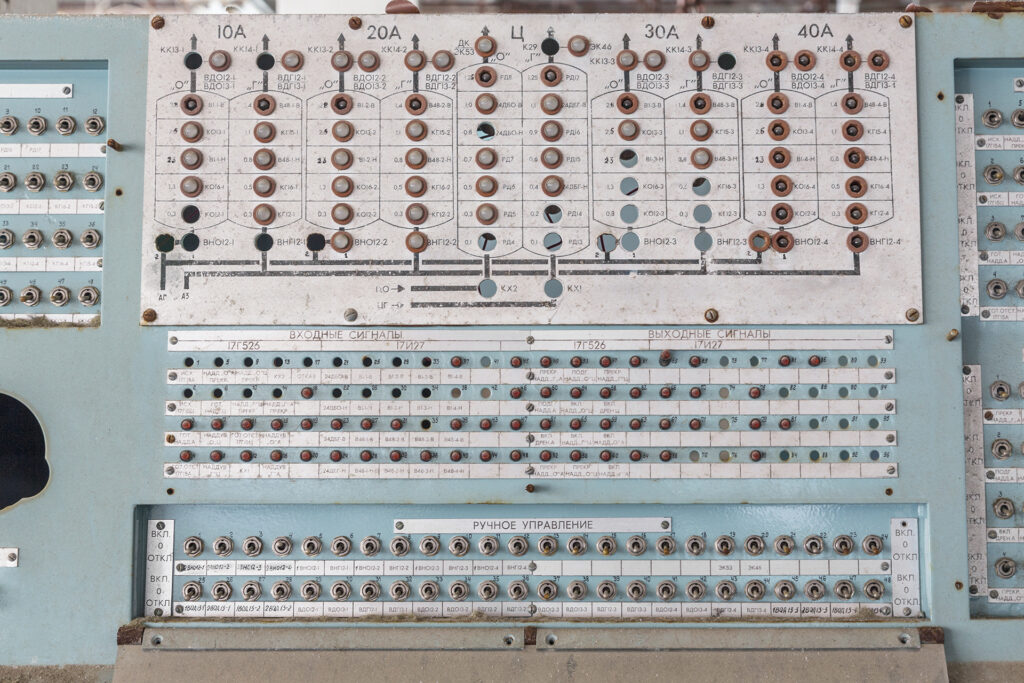
Computer technology from the 80ies
Traveling, painting, sticking, photographing, roaming on roofs, metros and catacombs, a very time-consuming job did not leave me enough time to do everything. At the hour of choices, I dropped the spray, the pot of glue, the height and the undergrounds to stay with the photography of lost places, even if I could not get rid of my nickname, symbol of my graffiti artist times, highly important to me. I then continued to travel, almost exclusively looking for abandoned locations to shoot, with or without graffiti.
Today, I have visited more than one thousand and five hundreds of them in around fifty countries on four continents.
With time, my interest focused on what appears to me to be the strongest in this vast subject of abandonment: Nature taking over. It is poetic, even magic, to see this Nature retaking what used to be hers, reintegrating through broken windows, cracks on the walls, spaces built by Man and then neglected, until sometimes guzzling them up entirely.
This topic naturally imposed itself to me due to the ecologic consciousness that moves me since his youngest age and to the strength of the message it carries: the question of the place of Man on Earth and its relationship with Nature. She is stronger, and whatever happens to Man, She will always be there.
Now you know everything! 🙂
Info Shymkent: We know that you visited Cosmodrome Baikonur. How was your trip to Baikonur?
Jonk: That trip was incredible. The most epic adventure I have done to date. Among the 1500 abandoned places I talked about above, this one is clearly number one! That is why I made a book about that trip.
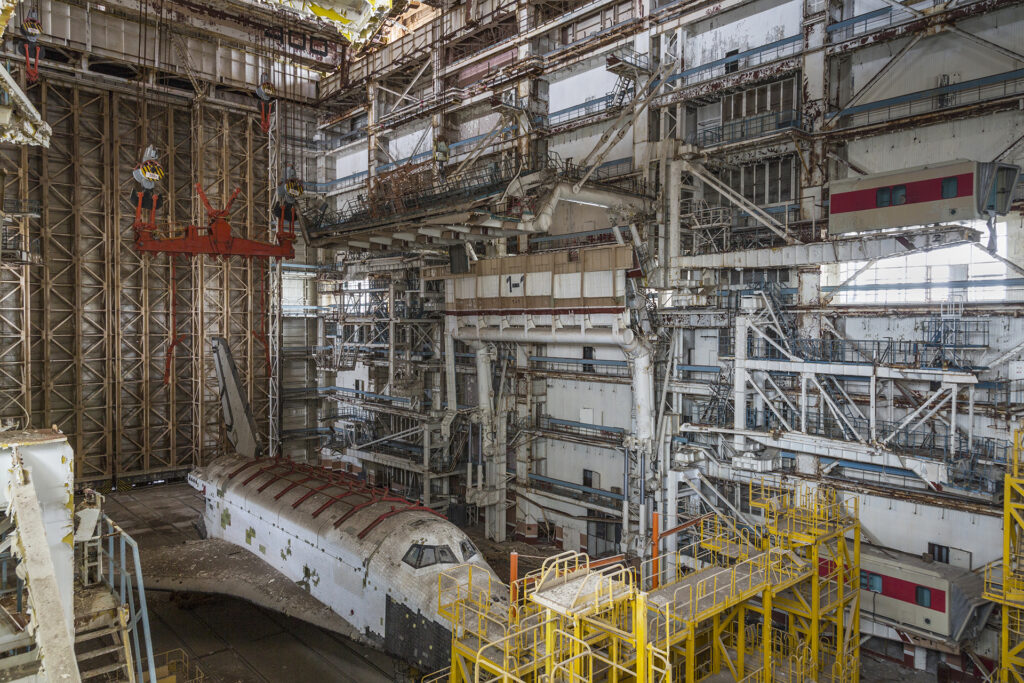
In a few words, the goal of that adventure was to shoot two abandoned space shuttles and an abandoned rocket. In order to do so, I had to infiltrate the Cosmodrome, an active site where rocket launches often take place. For that, I had to walk 20 km through the desert, by night with a 22 kg backpack. I had food and water for three days on me. I slept three nights in abandoned hangars before coming back and walk again 20 km by night.
Info Shymkent: You wrote this interesting book Baikonur: Vestiges of the Soviet Space Programme. And in the book the main topic is the Soviet Space Shuttle Buran. We visited Baikonur one year before – in 2017. We’ve seen the rocket launches, met cosmonauts and visited the Space Museum in Baikonur. But we couldn’t visit this abandoned building (Russian: МЗК or MZK, Монтажно-Заправочный Комплекс for Assembling and Fueling Facility) where these two test space shuttles Buran. Maybe you know that another building where the flight-proven space shuttle Buran was destroyed by falling roofs of that building (Site 112) in 2002. And it hurts us. Now the whole world is talking about these two model versions of Buran and worrying about them. What is your opinion about this situation? When you visited this abandoned building and have seen these space planes what did you feel?
Jonk: Yes I know about Site 112, I talk about it in the book. Well my opinion is that it is a shame to leave to rot such amazing pieces of history. Even if they are not restored, they should be taken out of these abandoned hangars and brought to a museum.
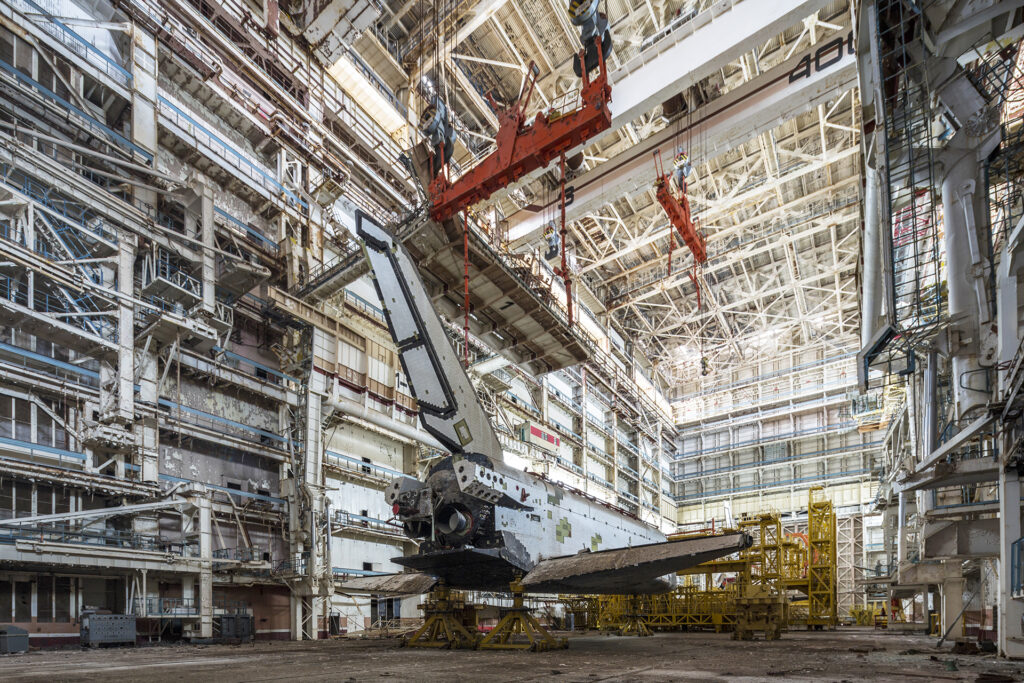
Backside 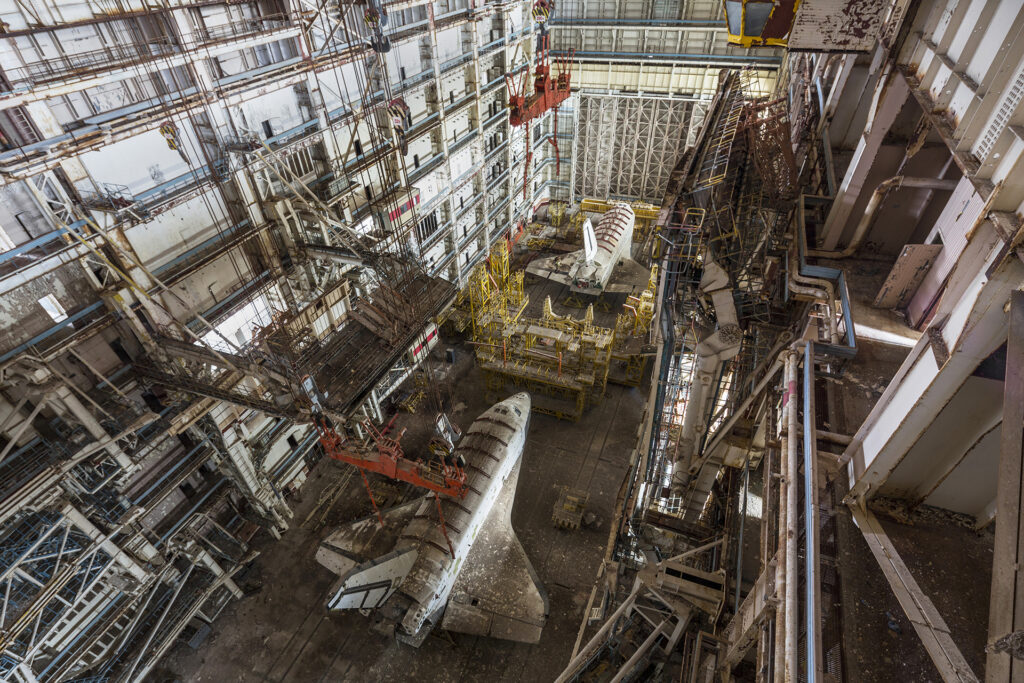
Bird view 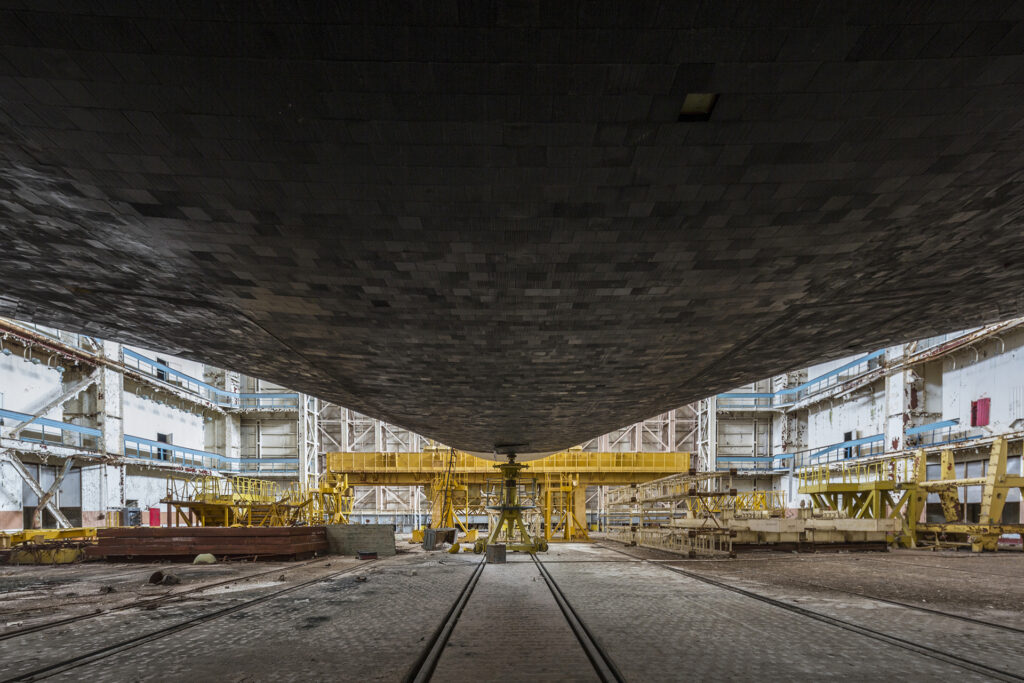
Heat shield
I entered the building at night, it was around 2am in the morning. I had to walk at night to avoid being caught by patrols. So when I entered the main part of the hangar and my flashlight discovered the first Buran part by part, I felt like I was seeing something very unique.
Info Shymkent: When you visited the Cosmodrome Baikonur, at first you were in N. Nazarbayev International Airport (Astana Airport). Could you visit the capital of Kazakhstan Nursultan (former: Astana)? And have you visited other places in Kazakhstan?
Jonk: Yes I spend a day in Astana which I really liked. It’s a very modern and full of life city. I am also a lot into old soviet memorials and I could shot a nice one there. I also visited Kyzylorda (with a few other Soviet memorials!) which was a nice city too.
Generally speaking I found the Kazakh people very nice and very welcoming.
Info Shymkent: Can you tell us the greatest moment in your life?
Jonk: This is very hard to tell but my infiltration of the Baikonur Cosmodrome is clearly one of them. I think I should add my experience of the carnival in Brazil, my summer in Barcelona, my humanitarian project in Burkina Faso, my 3 months solo trip in South East Asia…
Info Shymkent: Do you have a funny story of what happened during photo shooting or visiting abandoned places?
Jonk: I have a lot stories! Funny or not actually. During my explorations, I have been beaten by dogs, attacked by bats, I ran into snakes, iguanas, I have been kicked out with rifles, I walked through stinging nettles fields higher than me, hid from security for hours, etc.. Hopefully nothing bad happened to me yet.
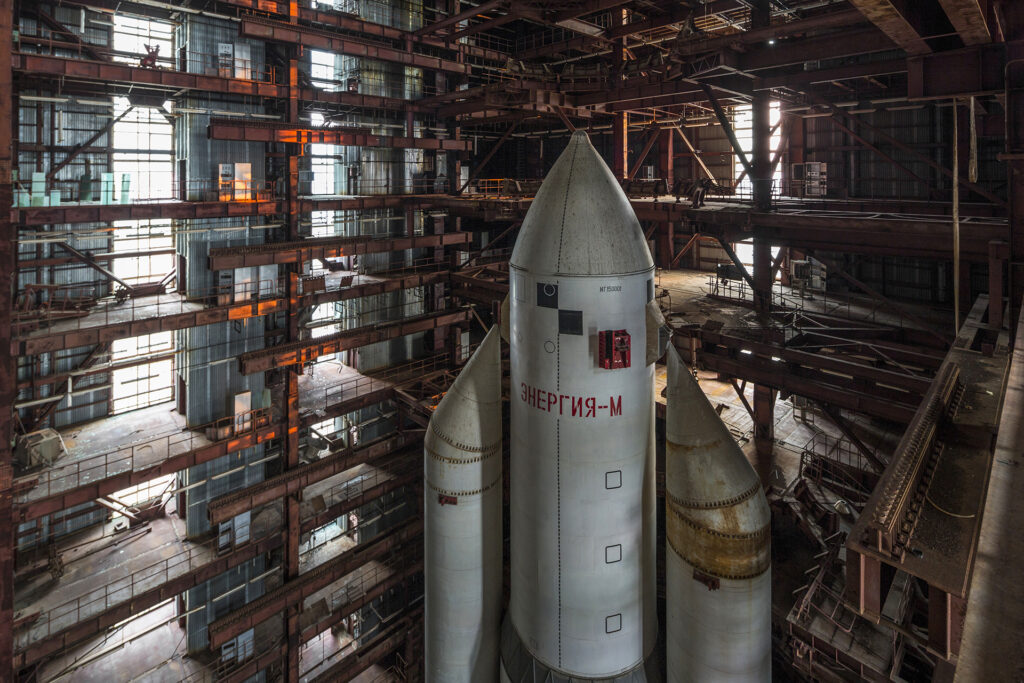
Energy-M mock 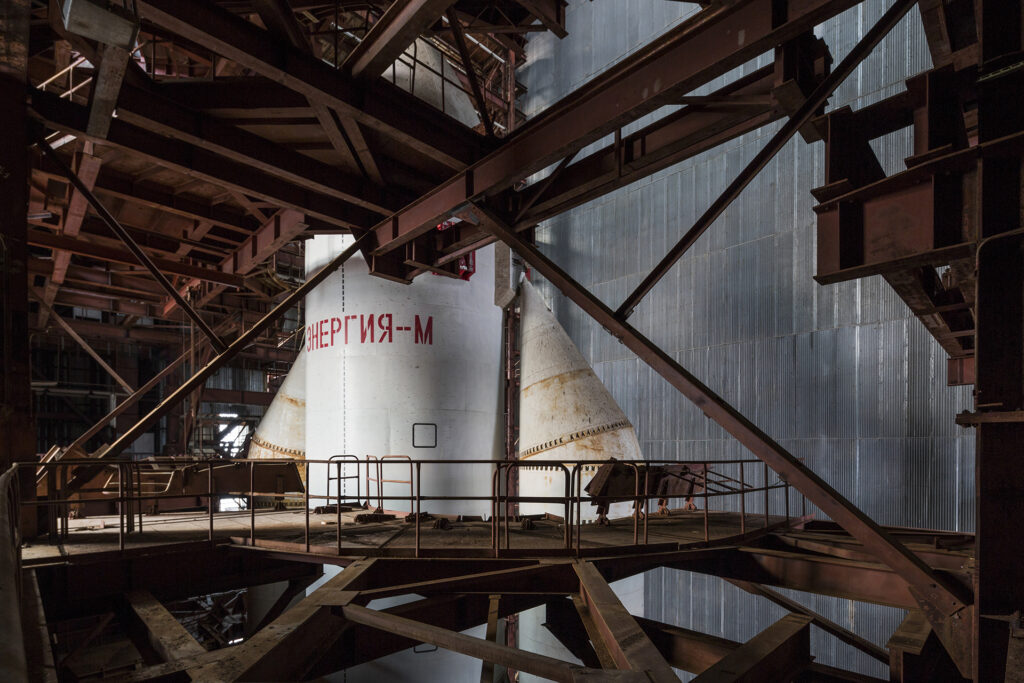
Access platform 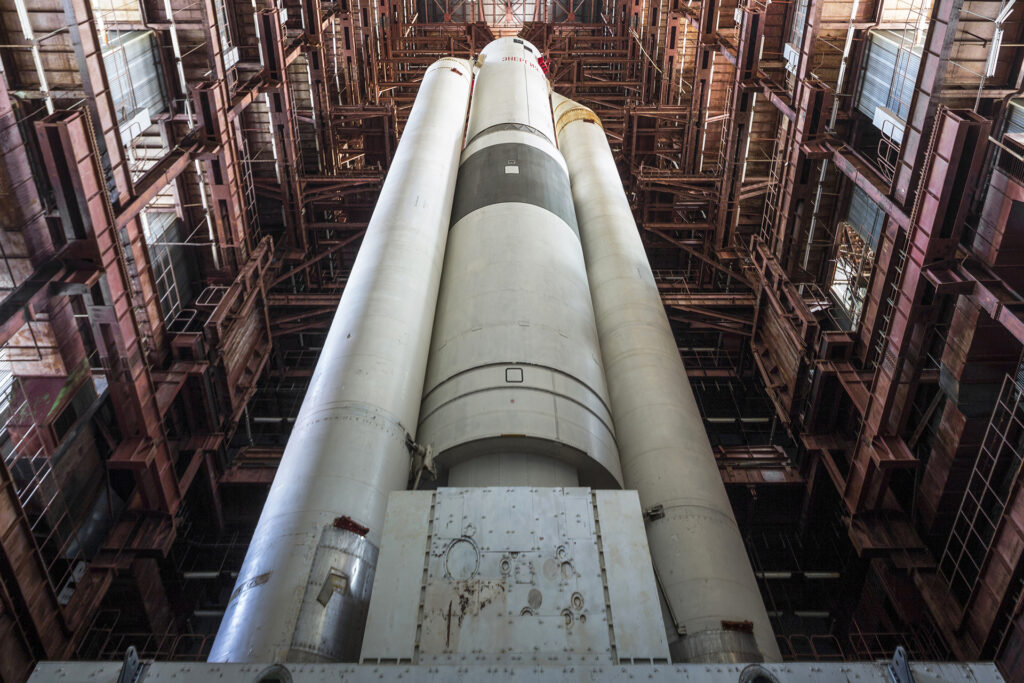
Full view of the mock
Info Shymkent: We can’t turn around from COVID-19. Is Covid-19 affecting your work? And what are you doing during quarantine?
Jonk: My work is very affected by COVID-19. As it mostly consists of travelling and shooting abandoned places around the world, the pandemic had a huge effect on my activity. This year I was supposed to make around 10 trips abroad. So far, I have made only one and I don’t think I will be able to make more until the end of the year. I take advantage of that situation to work on exhibitions, books, on my website like launching an e-shop. I prepare trips for when I will be able to travel…
Info Shymkent: As a professional photographer, what’s your advice for the beginners? What would you like to recommend to them?
Jonk: My main advice would be to do what you want to do, to shoot what you want to shoot.
Find your own way, find the subject or subjects that talk to you and dive into them as much as possible. You need to move too. It’s hard to find a subject right outside your doorstep.
Info Shymkent: What plans do you have for the future?
Jonk: Currently I am working on various exhibitions and book projects. I am actually starting my own publishing house. I really can’t wait to travel and shoot abandoned places again!
Info Shymkent: Thank you very much, Jonk. We are happy to got in touch with you and make this interview happening.
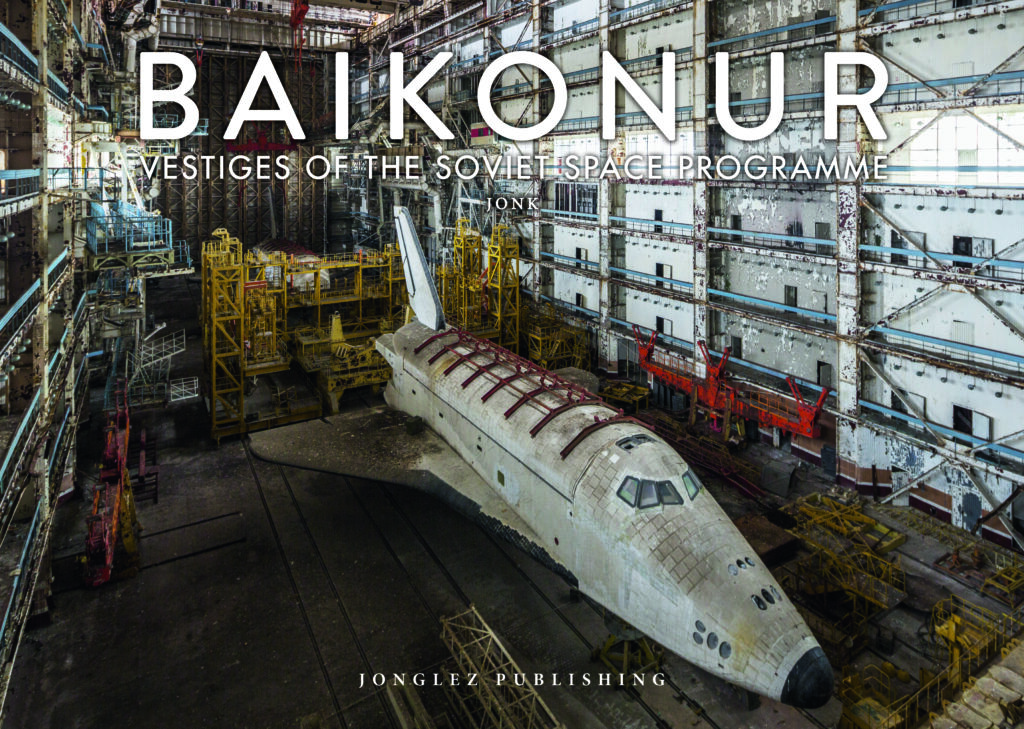
We can recommend to our readers the Book “Baikonur: Vestiges of the Soviet Space Programme“. It’s the best book of it’s kind to see in detail the last remains of Soviet Union’s Buran program. French photographer Jonk wrote in detail how he went into the Cosmodrome Baikonur and what he saw. The reader can feel the rust and dirt and the excitement of the visitors. We hope that this book will break the ice to bring this masterpiece of soviet engineering back into focus and awake the Soviet space shuttles from their sleep and give them a brighter future in a museum.
You can find more about french Photographer Jonk and his projects:



